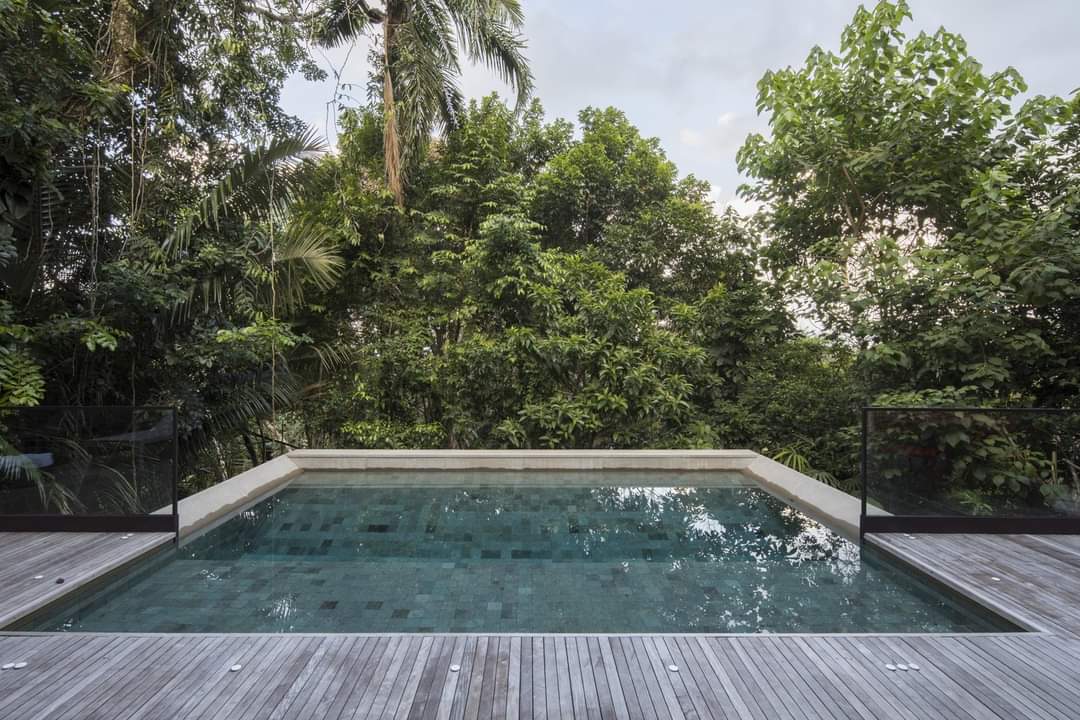Miyawaki forests, also known as “tiny forests,” are dense, fast-growing forests that are typically only a few years old but can contain up to 30 times more biodiversity than traditional forests. They were pioneered by Japanese botanist Dr. Akira Miyawaki in the 1970s and have gained popularity in recent years as a way to combat climate change and urbanization.
Some of the benefits of Miyawaki forests include:
Carbon sequestration: Miyawaki forests can sequester up to four times more carbon than traditional forests due to their dense, fast-growing nature.
Biodiversity: These forests can contain up to 30 times more biodiversity than traditional forests, providing habitat for a wide range of plant and animal species.
Soil conservation: The dense vegetation in Miyawaki forests helps to prevent soil erosion and improve soil quality.
Improved air quality: Trees in Miyawaki forests can absorb air pollutants and release oxygen, helping to improve local air quality.
Urban heat island mitigation: Miyawaki forests can help to reduce the urban heat island effect by providing shade and cooling.
Community engagement: Miyawaki forests are often created through community-led initiatives, providing opportunities for community engagement and education on the importance of forests and biodiversity.
Overall, Miyawaki forests are a promising approach to combat climate change, improve biodiversity, and create more livable urban environments.

